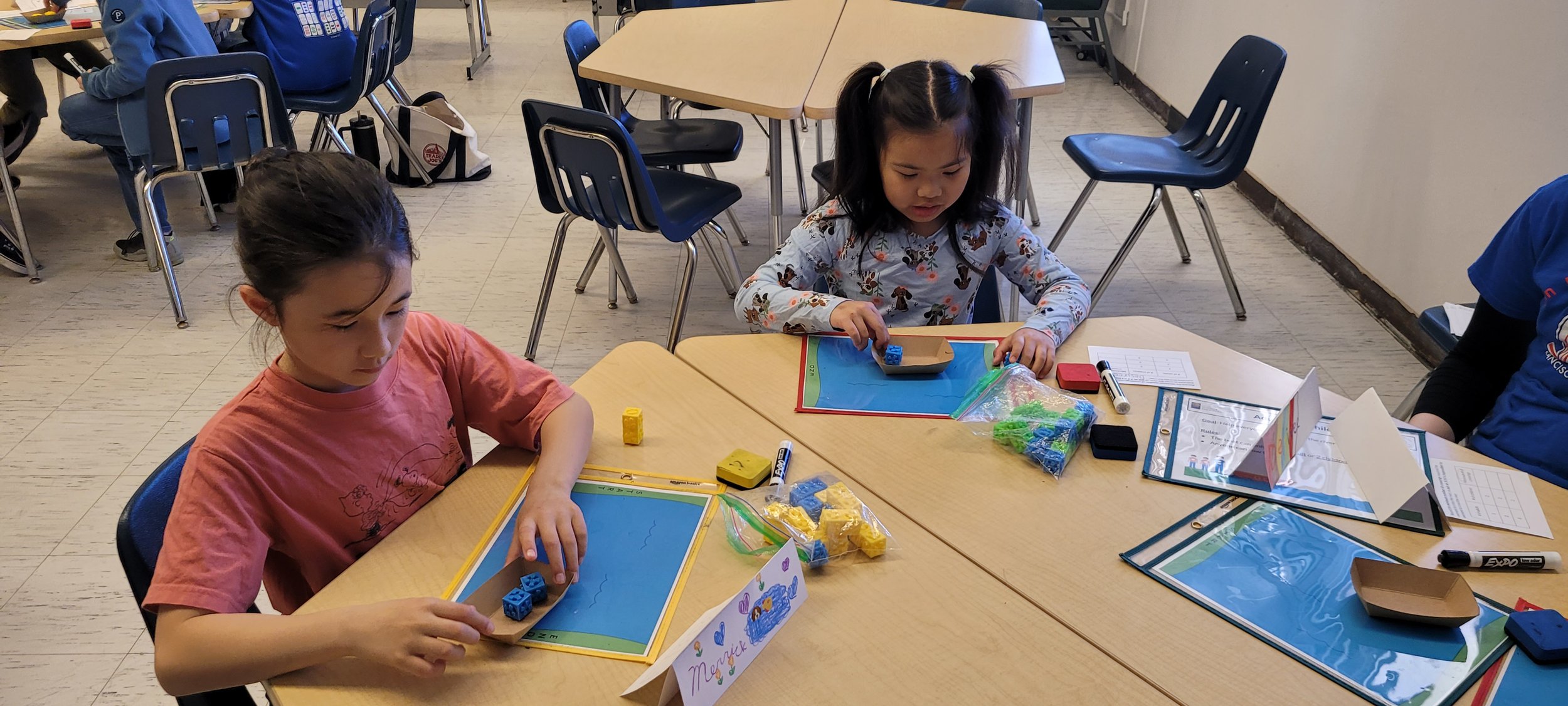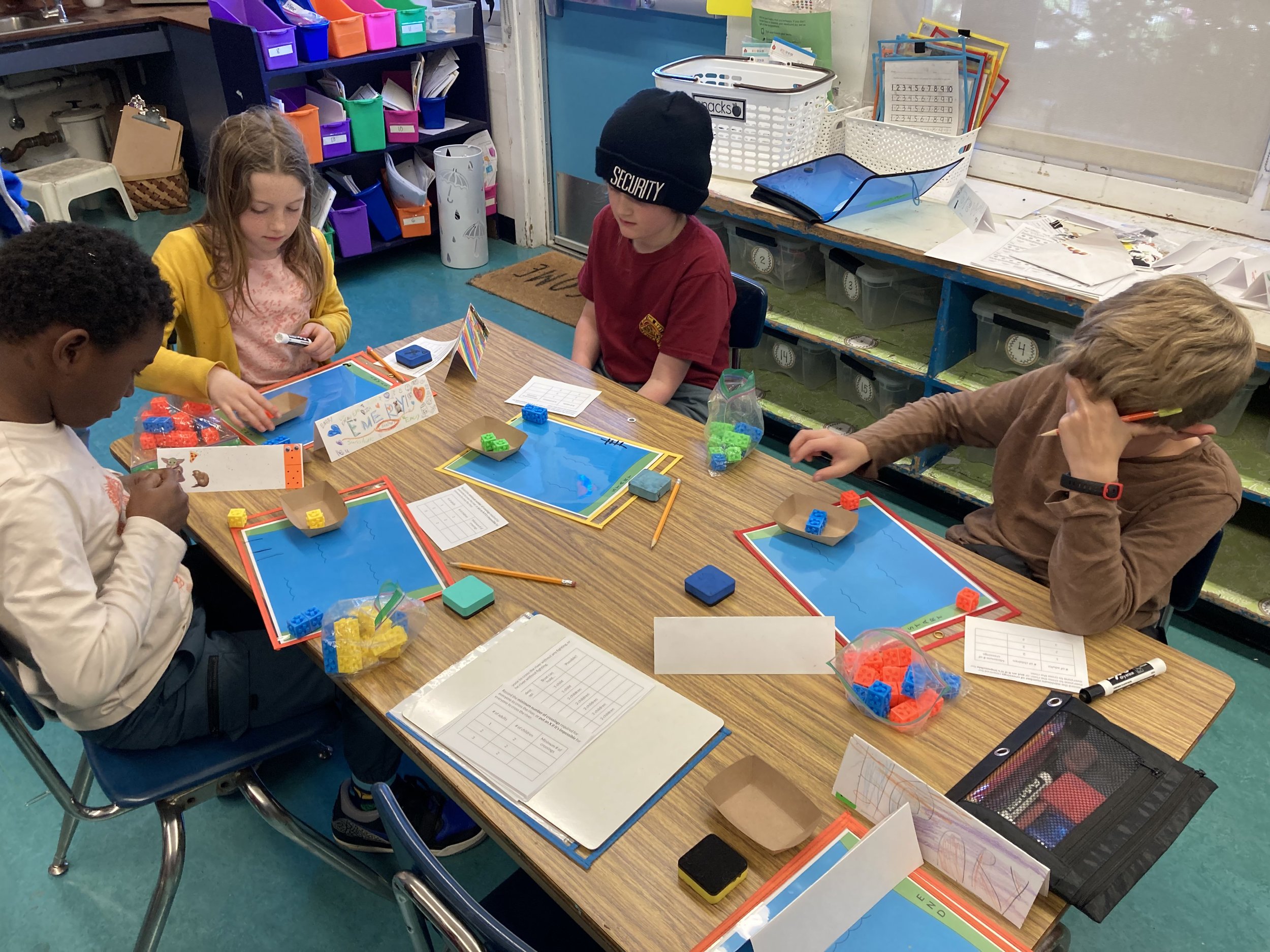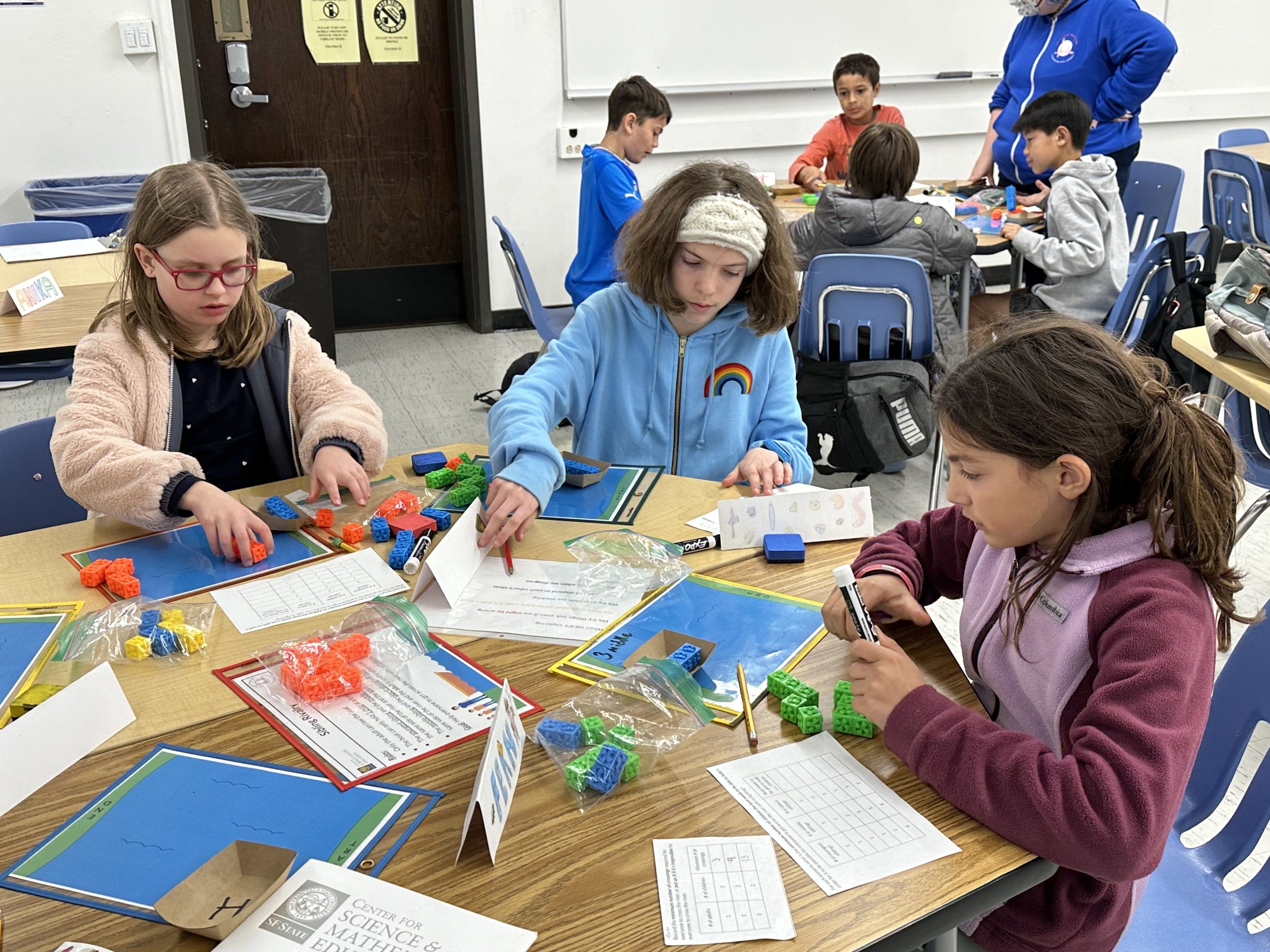Crossing the River
How it works
Imagine that an adult and two children want to cross a river together. They have a boat, but the boat can't hold all three of them at the same time — it can only hold 1 adult or 2 children. If either the children or the adult can row the boat, is it possible for everyone to get across the river? If so, how many crossings will it take? What if there are 2 adults and 2 children? 3 adults and 2 children? 4 adults and 2 children? 10 adults and 2 children?
Alternatively, imagine that a parent wants to cross a river with their 3 children. Again, they have a boat, but only the parent can row the boat, and the boat can only hold 1 child at a time in addition to the parent. In addition, the 3 siblings don't all get along with each other:
- The youngest and the middle sibling will fight if they're together on one side of the river and the parent is on the other side of the river.
- The middle and the oldest sibling will fight if they're together on one side of the river and the parent is on the other side of the river.
Is it possible for everyone to get across the river with no fighting? What if there are 2 middle siblings? (These 2 middle siblings are identical twins who don't fight with each other, but either will fight with the older or younger sibling if the parent isn't there.)
In this activity, students explore the puzzles described above. For each puzzle, they explore variations that become increasingly challenging.
Why we like this activity
It’s fun! Students enjoy imagining the different scenarios and trying to solve the puzzles.
It helps students to develop algorithmic reasoning.
It helps students to develop numerical reasoning.
It requires students to engage in mathematical habits of mind:
Finding and using strategies to solve the puzzles
Looking for patterns and making and testing predictions when trying to determine the minimum number of crossings that will be required to solve a puzzle
Using logic and understanding and explaining when trying to determine which puzzles are impossible
It has a low floor and a high ceiling: It's easy for students to start trying to solve puzzles by trial and error, but for more difficult puzzles, they need to strategize more carefully, and there are many interesting patterns to discover.
This activity was developed in collaboration with the Julia Robinson Mathematics Festival.








